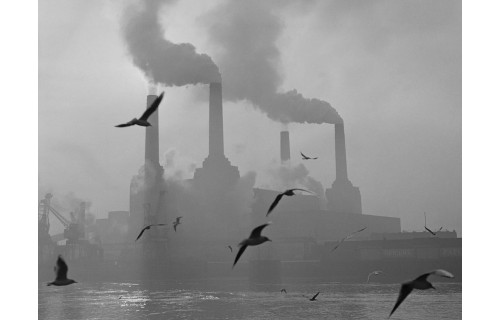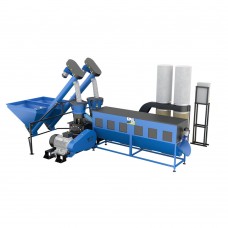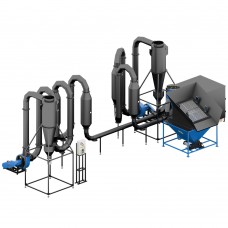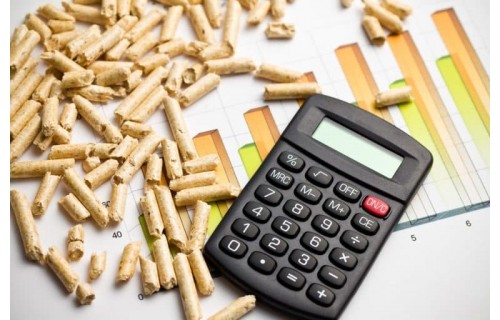Pellet and coal. Big smog. Seventy years ago, London almost suffocated.

Big smog. Seventy years ago, London almost suffocated.
In 2022, the ecological environment will commemorate the 70th anniversary of the famous "Great London Smog", which occurred in London on December 5-9, 1952 and claimed the lives of at least 12 thousand people, another 100 thousand acquired chronic diseases... the cause of the disaster was not the usual English fog, but the heating of houses with wood and coal.

In early December 1952, a cold fog descended over London. Due to the extremely low temperature, residents began to use coal for heating more than usual. Around the same time, the process of replacing urban electric transport (trams) with buses with diesel engines, which at that time were not equipped with either particulate filters or exhaust catalysts, was completed. The combustion products in the air reached an unusual concentration within a few days. The fog was so thick that it made it difficult for cars to move. After leaving home, some residents could not find their way back. Initially, the reaction of residents was calm, as fog is not uncommon in London. But in times of the" Great Smog, " London hospitals quickly filled with victims of respiratory diseases, and mortality in the city began to rise. Initially, these facts were not publicized, but after a few days it turned out that the funeral homes ran out of coffins.
People changed their attitudes towards air pollution. The disaster made the world aware that this problem posed a direct threat to human life. New environmental standards were adopted, limiting the use of ‘dirty’ fuels in industry and prohibiting the emission of exhaust fumes containing soot. In 1956, the first ‘Clean Air Act’ was passed, requiring the use of smokeless fuel, especially in densely populated areas.
What is the danger of heating with coal and wood?
The problem of unecological heating remains relevant in the 21st century. According to the World Health Organization WHO, about three million people die each year precisely because they heat with coal or live next to such blocks of flats. Another problem of heating with coal and wood is the increased fire hazard. "Oven" fires are the third most common after careless handling of fire. It is necessary to create additional administrative and economic incentives to get rid of the harmful effects of stove heating in the country as soon as possible.
Pellet heating as an alternative
First of all, experts recommend replacing firewood and coal with pellets. Simply put, these are pressed and dried granules or "sticks", and even whole" logs " made from a variety of raw materials – from sawdust and chips to cereal husks, reeds and peat.
Pellet is made of safe and environmentally friendly materials that do not harm health.
- Pellet heating has good safety properties. Granulated fuel from natural raw materials.
- In most cases, pellet heating is characterized by a low ash content (there are exceptions, for example, in the case of peat pellets).
- If the pellet is used, it is possible to use ash in the future.
- Heating a private or suburban building with pellet pellets does not require a connection permit (unlike gas-powered options).
- To store the pellet, there is no need to allocate a separate building – it is enough to choose a dry room.
- Pellet boilers are characterized by high efficiency.
- In most cases, when burning pellets does not emit odors.
- Pellet has a high calorie content.
- Boilers working on such biofuel are very convenient to use – a person needs to participate in their work no more than once a week, since all processes are carried out automatically.





